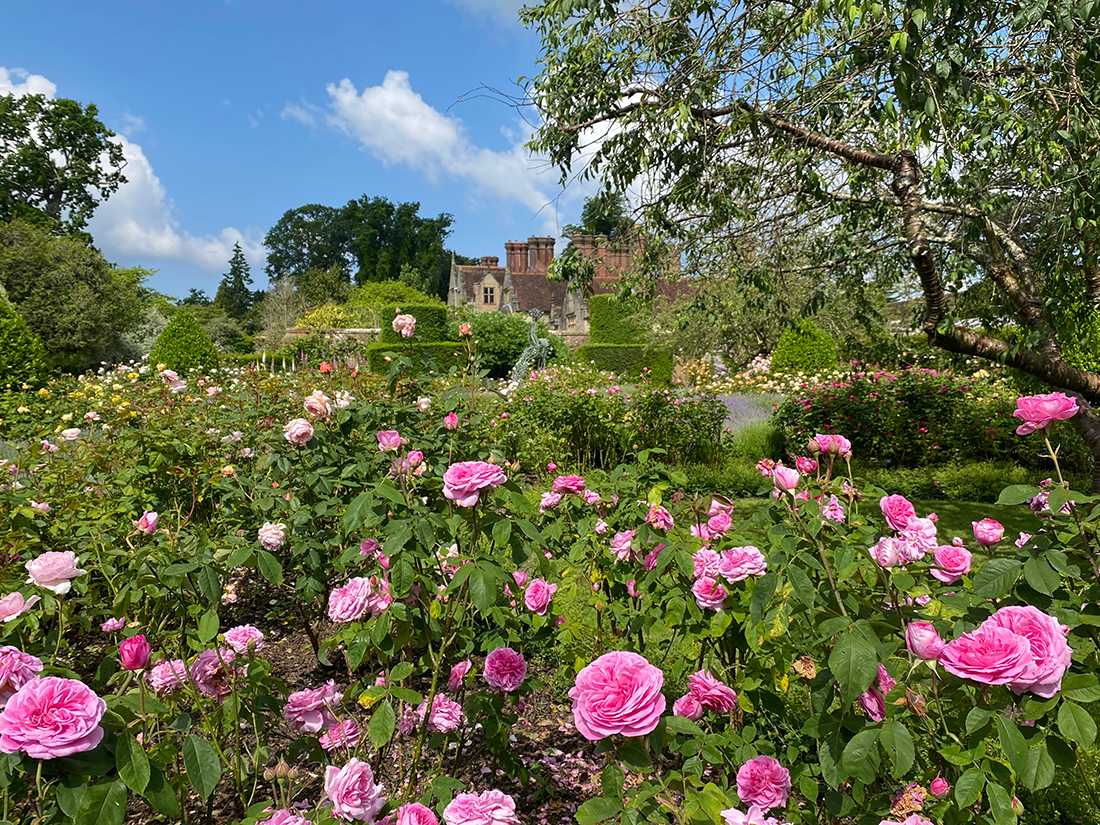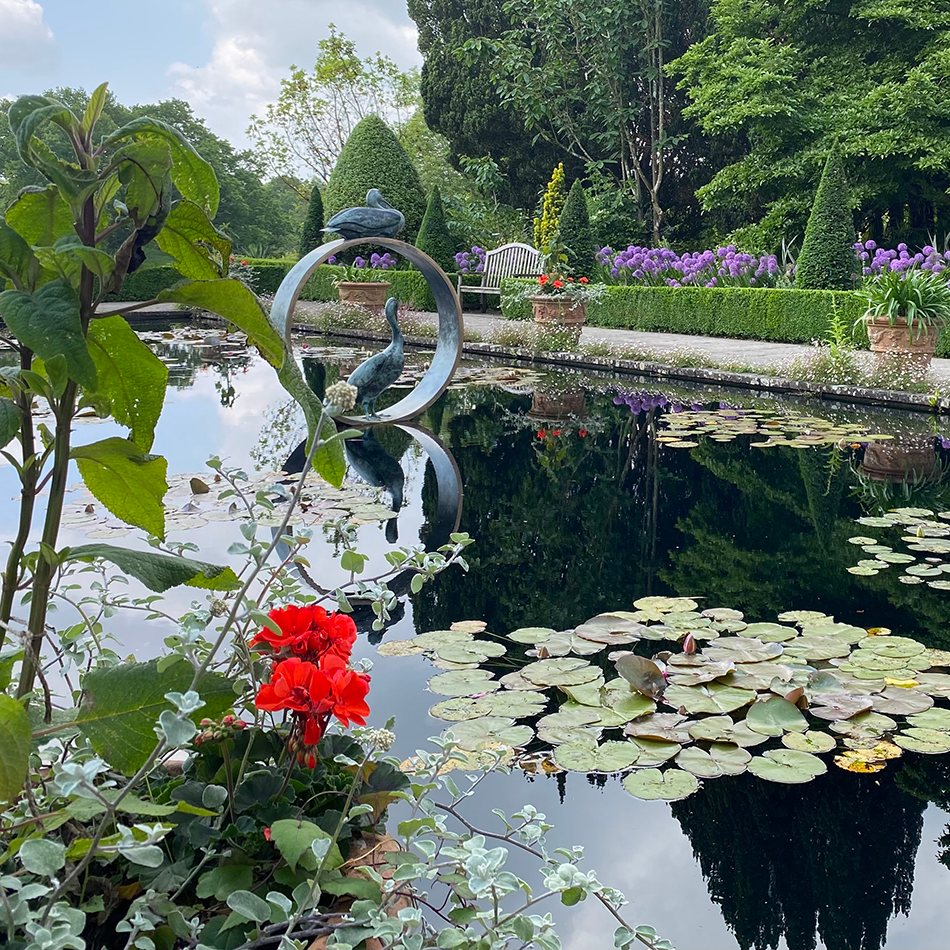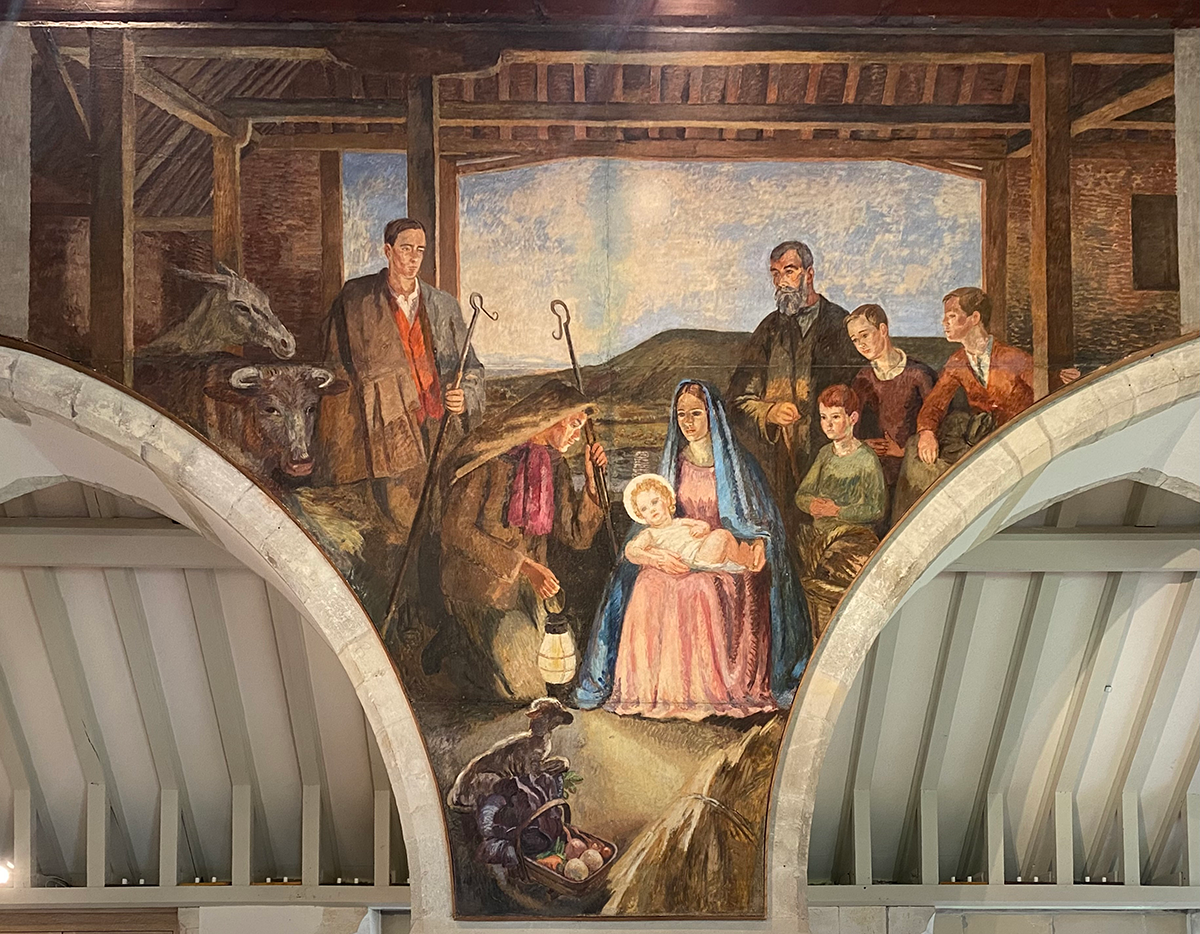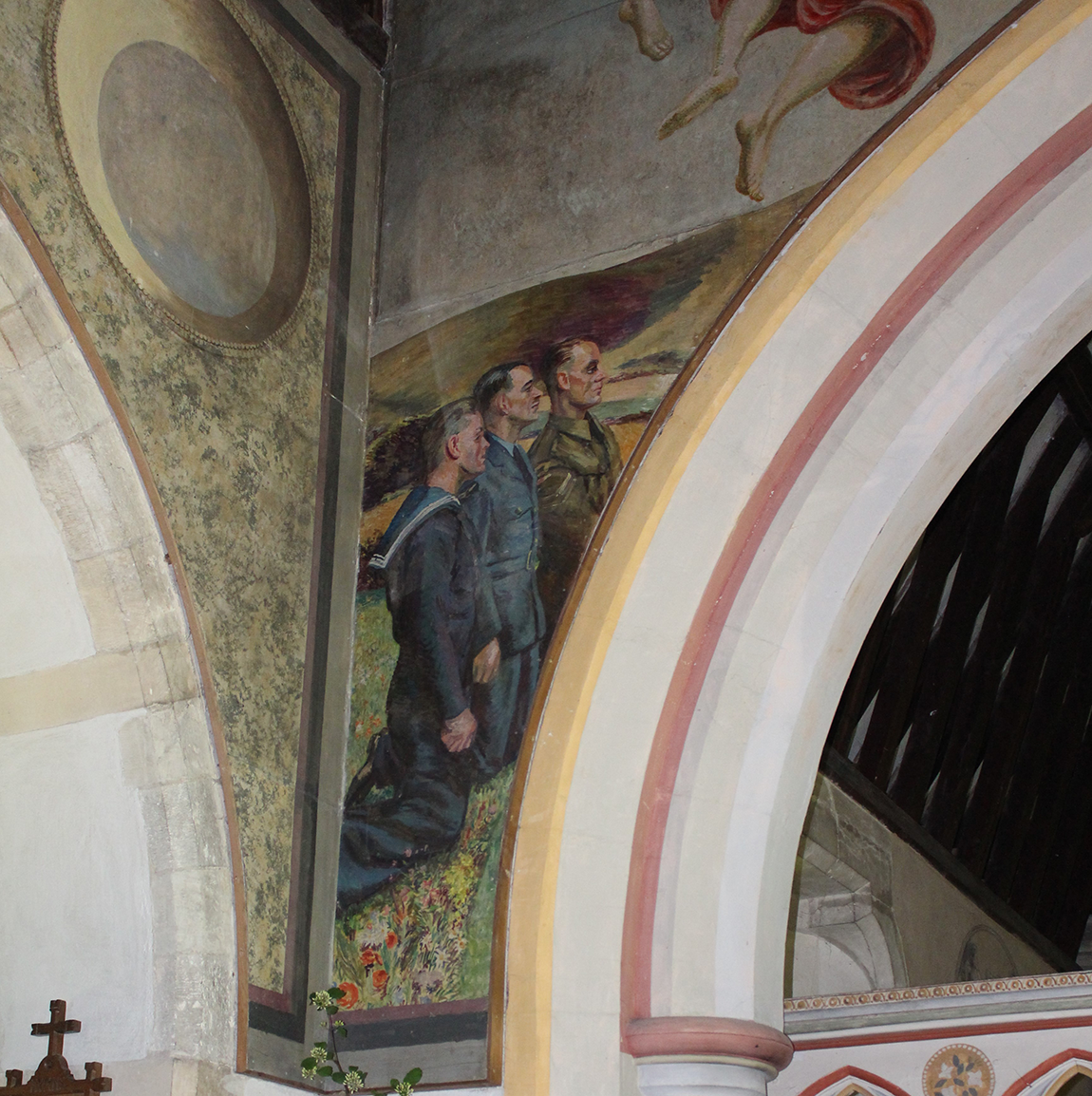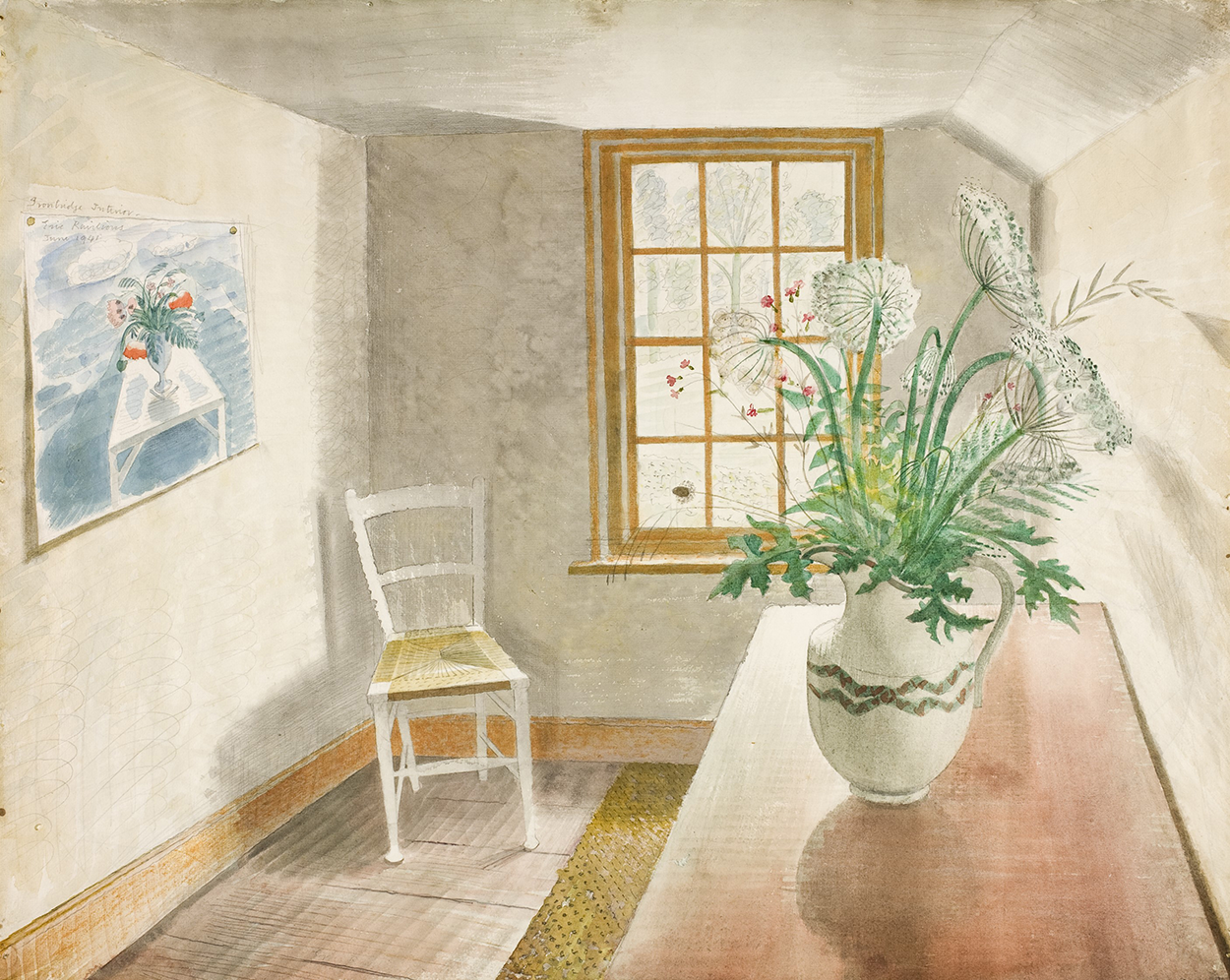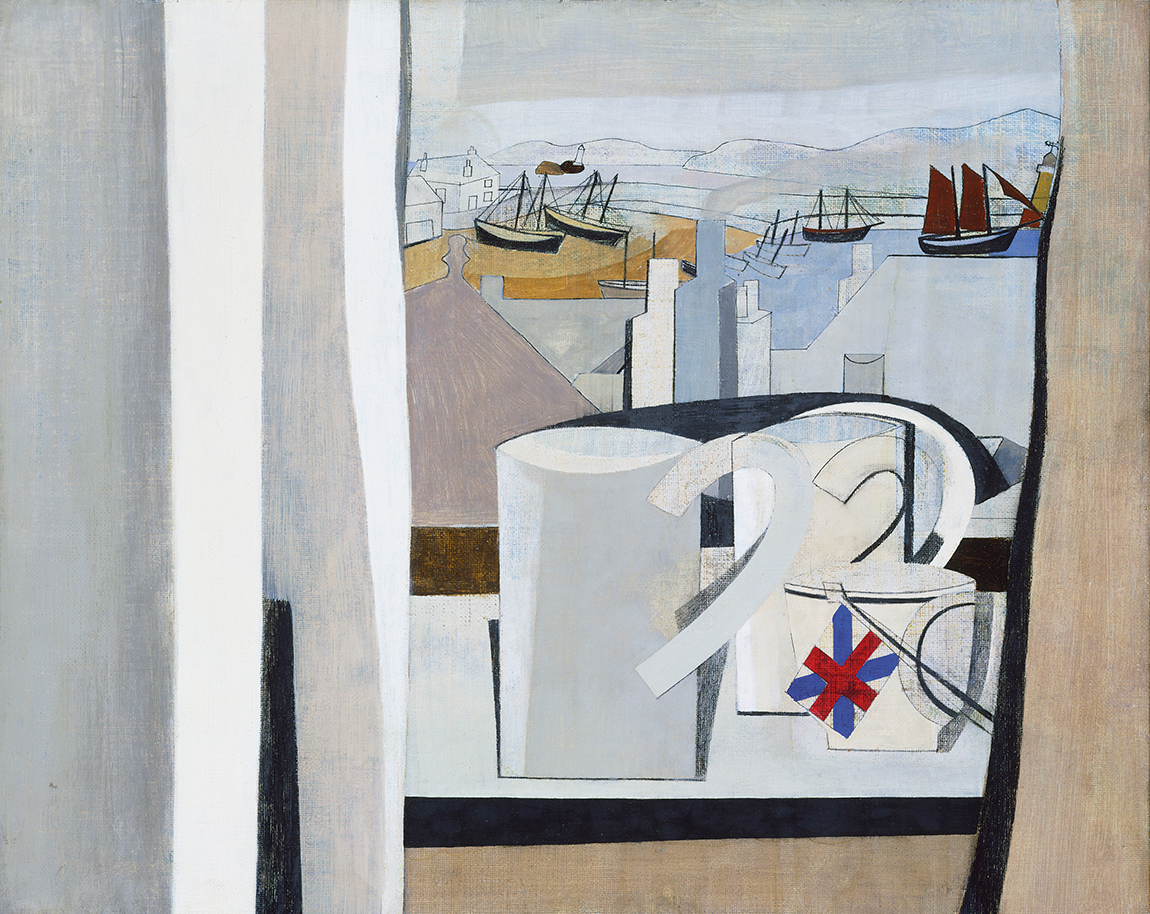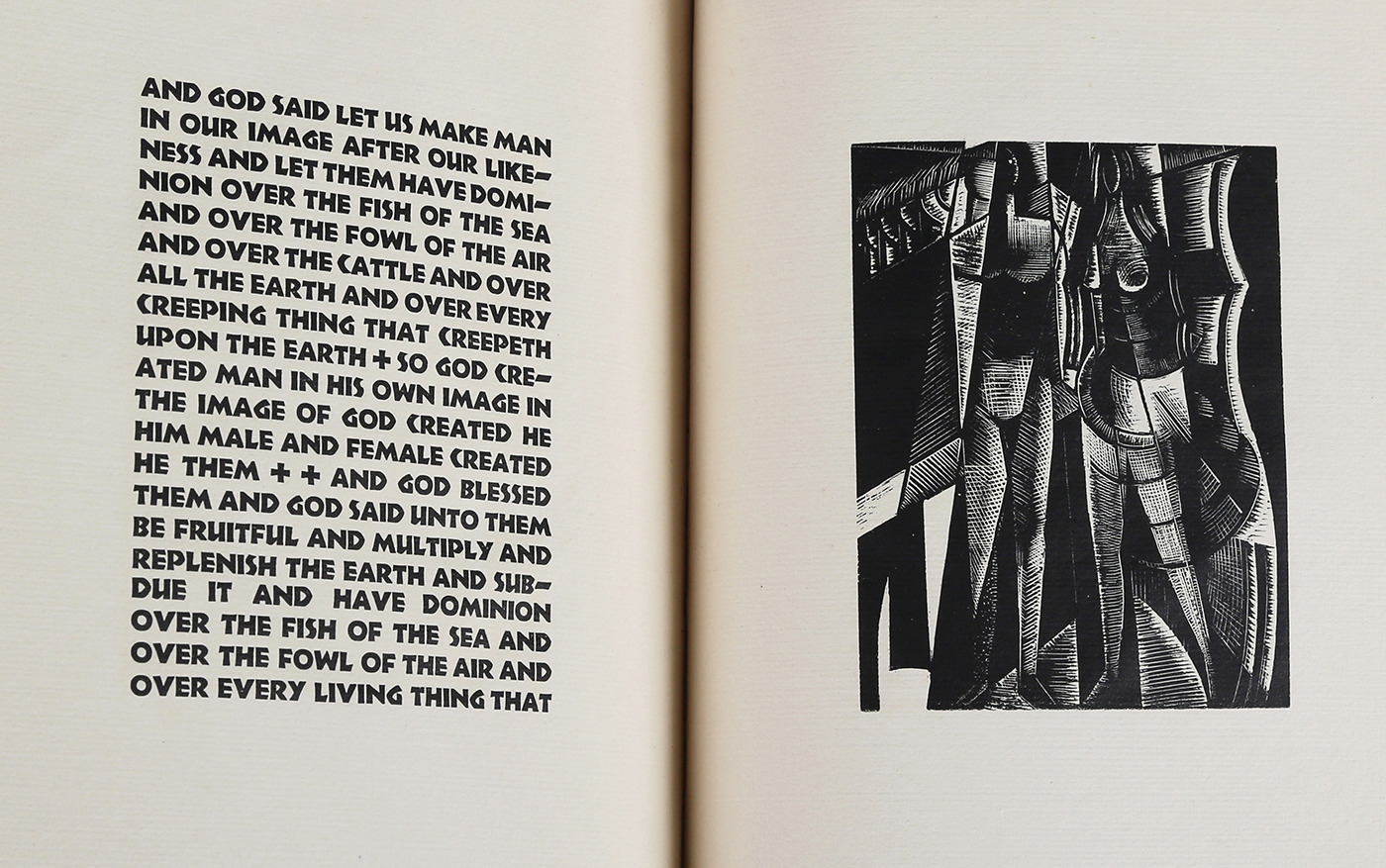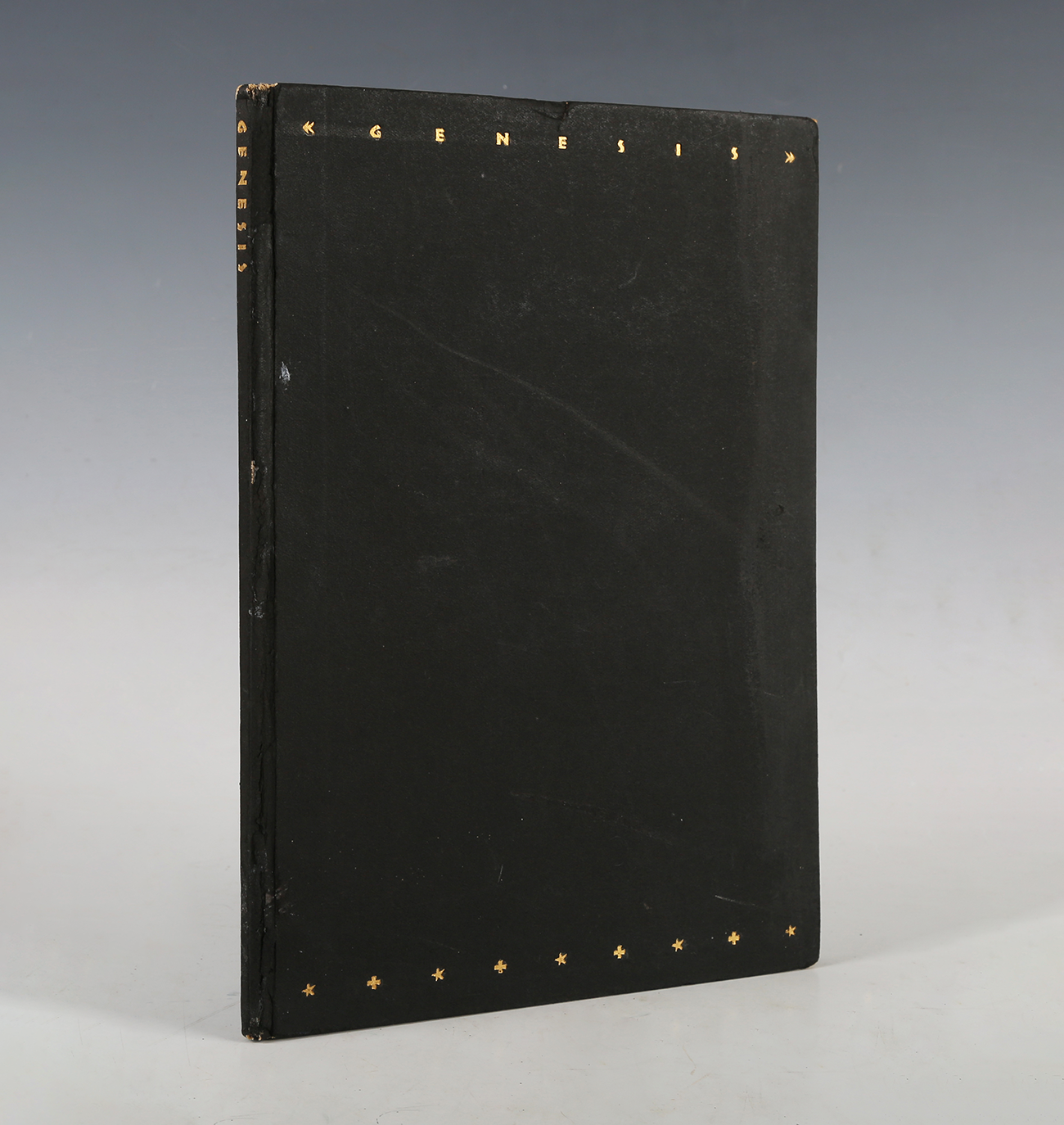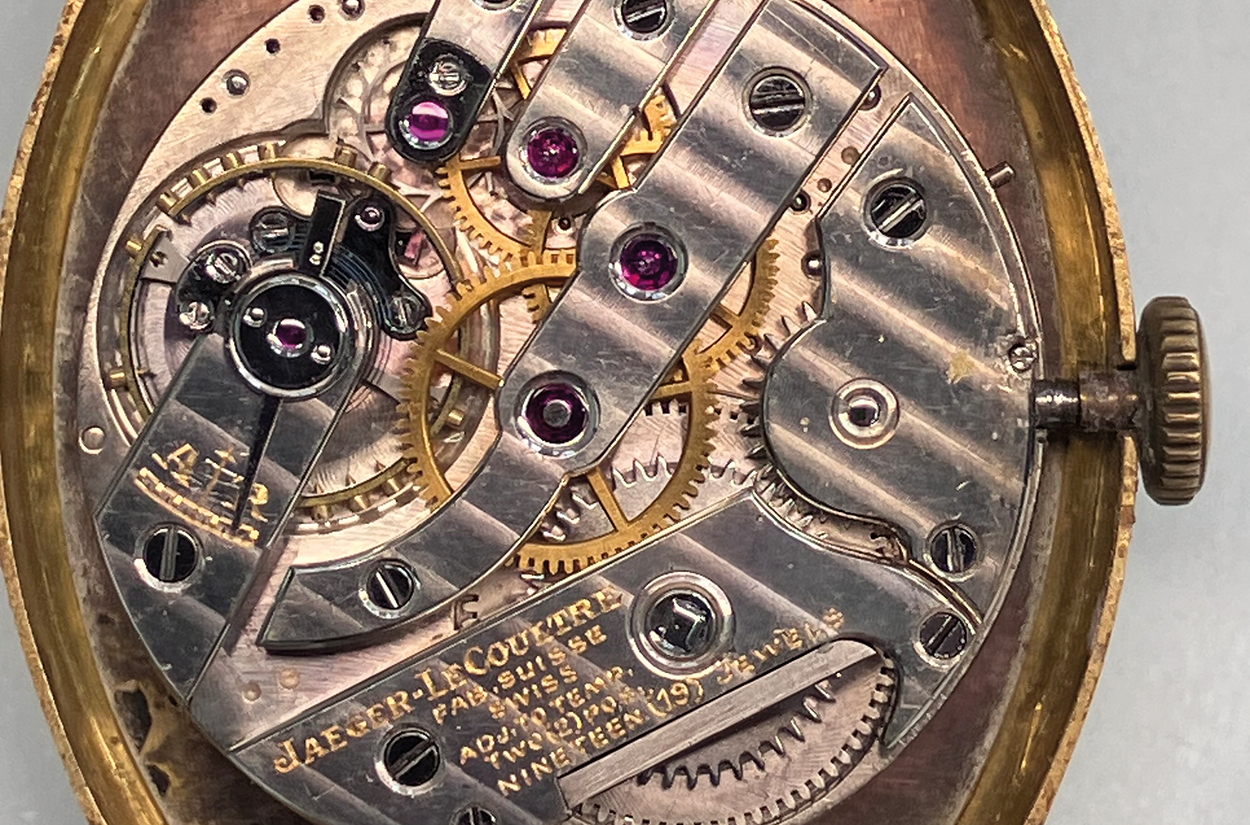
A rare gentleman’s wristwatch by Jaeger-LeCoultre has just been sold at Toovey’s for £50,000. The watch was formerly the property of Sir John Reeves Ellerman, 2nd Baronet (1909-1973) who was believed to be the richest man in Britain in his day. He was just twenty-three when he inherited his name, title and fortune form his father.
His father, Sir John Ellerman, 1st Baronet (1862-1933) was the son of a Lutheran ship broker and corn merchant who came to Britain in 1850. John senior lost his father when he was young, left home at fourteen and trained as an accountant. He made his fortune by identifying established businesses with a good product which were suffering from managerial decline after the death of a founder. In 1892 he turned his attention to shipping and by 1917 owned 150 million tons of shipping, equivalent to the entire French merchant fleet at that time. In 1916 his fortune was at its height and estimated at some £55 million (the equivalent of about £4.7 billion today).
Even after the Great Depression and inheritance tax his son inherited some £20 million and continued to successfully run the Ellerman shipping line as well as being a talented natural historian. He was also a great philanthropist.
The LeCoultre watchmaking atelier was founded in 1833 in the Vallée de Joux in Switzerland by Antoine LeCoultre (1803-1881). He was obsessed with accuracy manufacturing the tools necessary to make the most accurate parts to the finest calibre. In 1903 Edmond Jaeger and Jaques-David LeCoultre came together and in 1937 the Jaeger-LeCoultre name was created. They combined the French style and Swiss technique of which Sir John Ellerman’s watch is such a fine example.
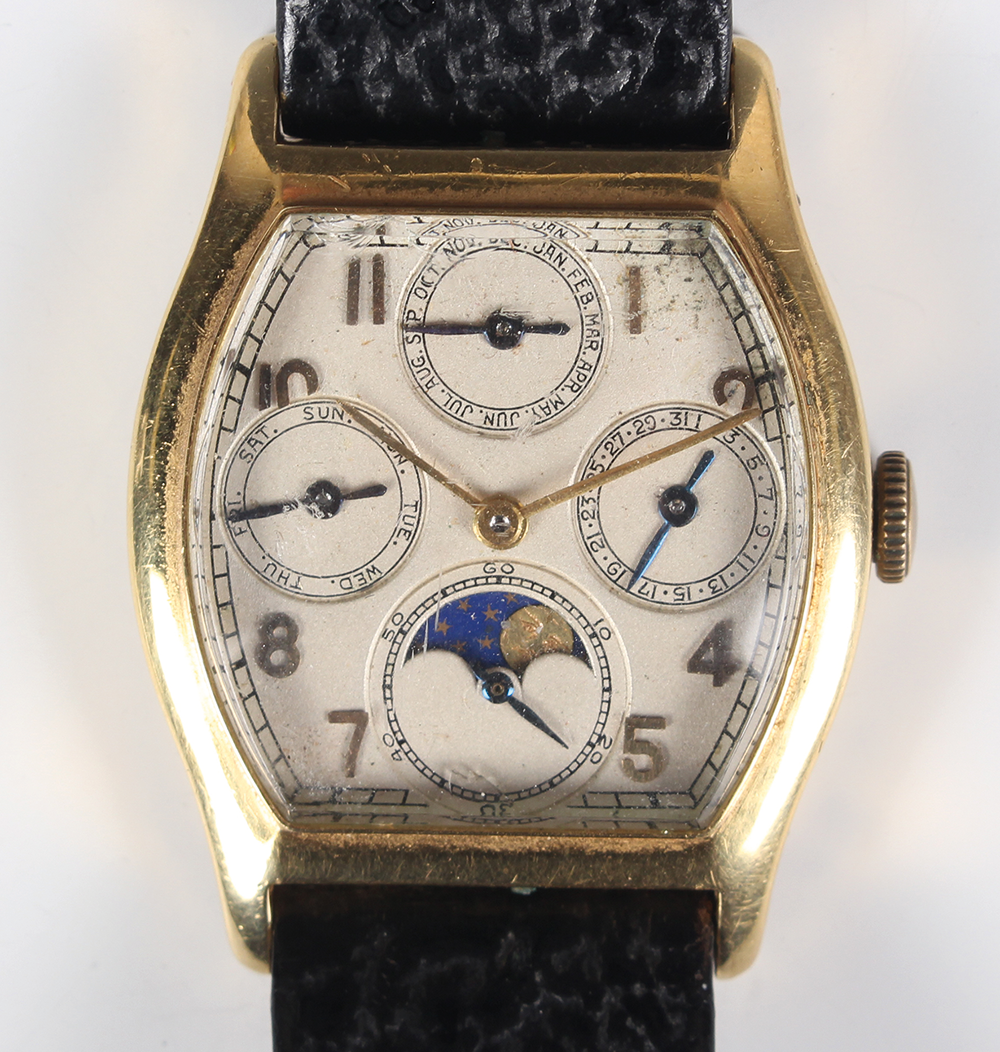
Sir John’s fine and rare Jaeger-LeCoultre 18ct gold gentleman’s wristwatch illustrates the fine art of recording time. Made in 1938 it would have been amongst their earliest perpetual calendar watches. It had a tonneau case with a signed and jewelled movement. The unsigned silvered dial had gilt Arabic hour numerals and subsidiary day, date and month dials above subsidiary seconds with a moonphase.
Today this tradition of fine craftsmanship continues. Jaeger-LeCoultre remains one of the only watch manufacturers which develops, decorates and produces all its timepieces in its own workshops which are still located in the Vallée de Joux in Switzerland.
Whether you are looking to collect or sell fine watches Toovey’s watch specialist and Director, Tom Rowsell, is always delighted to share his passion for remarkable timepieces.
